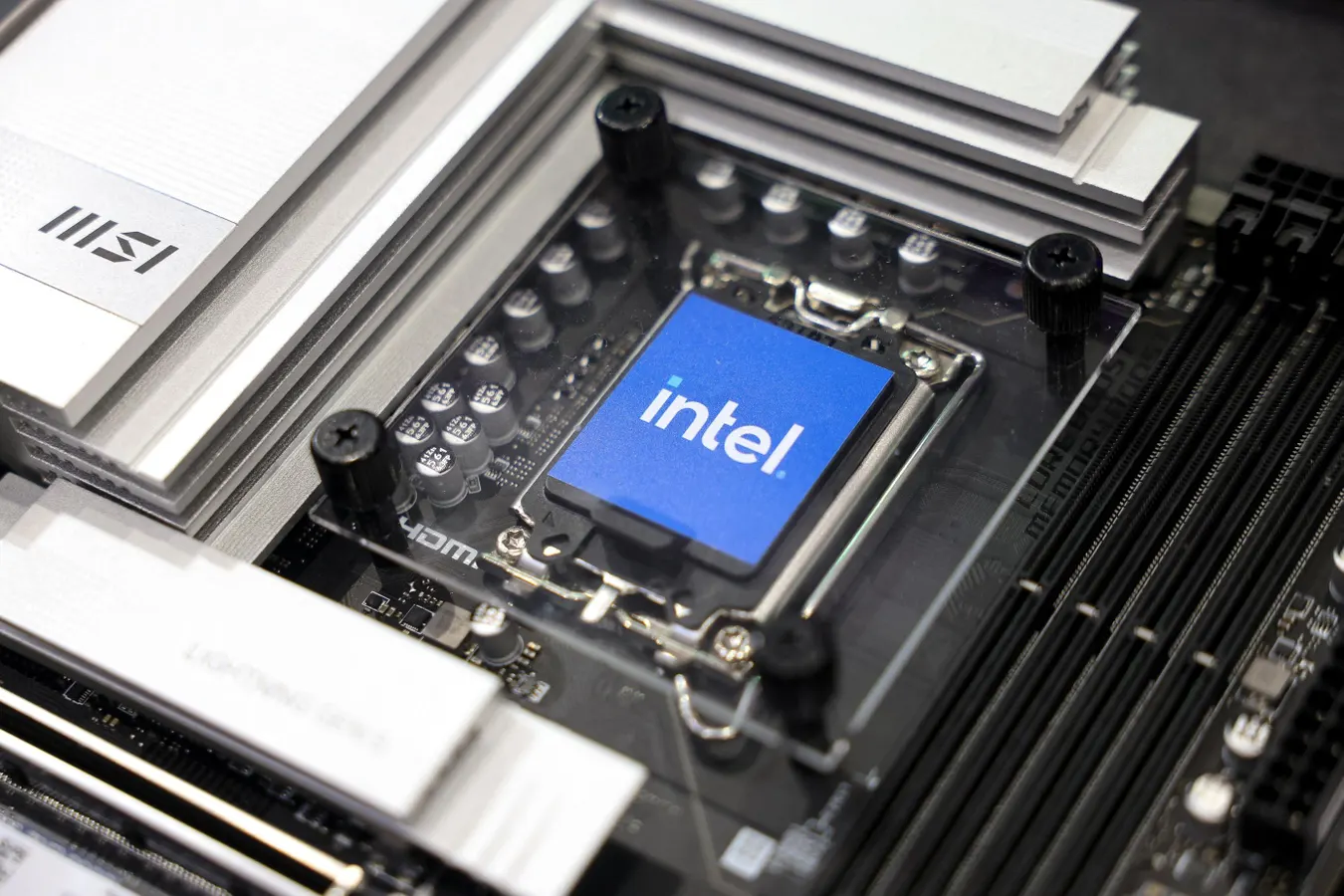Copyright Forbes

Intel (INTC) has seen well documented struggles in recent years—ranging from manufacturing setbacks to market share losses in the CPU space and struggles with ramping up its foundry business. However, the stock has had extraordinary rallies as well, marked by numerous instances of gains exceeding 30% within two months. Notably, the years 2011 and 2024 saw substantial surges, including two rallies that surpassed 50% in short intervals. If history serves as a guide, similar catalysts could propel Intel’s stock to significant new heights, providing notable upside potential for investors. Triggers That Could Boost The Stock 18A Process Success: Timely volume production of Intel’s advanced 18A process node in 2025, featuring early external customer tape-outs, could re-establish its manufacturing supremacy and draw considerable foundry revenue. AI Market Expansion: The increasing use of Gaudi 3 for AI inferencing by major cloud providers such as IBM and Dell, along with new AI PC processors (Panther Lake), will secure key growth opportunities in the AI sector. PC/DC Recovery: A significant PC refresh cycle in 2025, prompted by the end-of-life of Windows 10 and strong demand for new Xeon 6 data center processors, is poised to substantially enhance core business revenue. Not interested in individual stocks? Prefer to build a portfolio designed to succeed across different cycles? Our data indicates that the High Quality Portfolio has transformed the unpredictability of stock-picking into consistent outperformance of the market. How Do Financials Look Right Now It certainly helps if the fundamentals are sound. For insights on INTC, read Buy or Sell INTC Stock. Below are some important figures. Revenue Growth: -3.7% LTM and -9.4% last 3-year average. Cash Generation: Nearly -20.6% free cash flow margin and -8.3% operating margin LTM. Valuation: Intel stock trades at a P/E multiple of -8.2 *LTM: Last Twelve Months But How Does The Stock Do In Bad Times? MORE FOR YOU When evaluating Intel’s risk, consider how much it declined during significant market downturns. It fell approximately 74% during the Dot-Com Bubble and 55% in the Global Financial Crisis. During the inflation shock of 2022, it decreased by more than 61%. Even milder events, such as the 2018 correction and the Covid pandemic, triggered declines of 25% and 35%, respectively. Therefore, while Intel may exhibit strong fundamentals, these declines indicate that it remains susceptible when the market declines. However, the risk is not confined to major market crashes. Stocks can also decline during favorable market conditions — consider events like earnings announcements, business updates, and changes in outlook. Read INTC Dip Buyer Analyses to examine how the stock has bounced back from sharp declines in the past.



